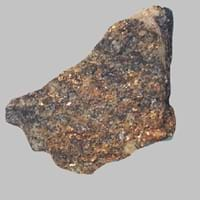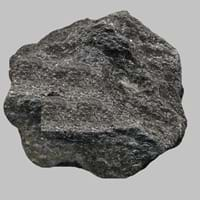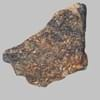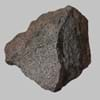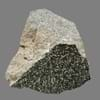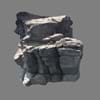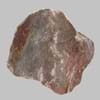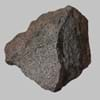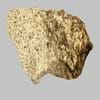Formation
Adakite rocks are formed when the hydrous fluids are released from minerals that break down in metamorphosed basalt, and rise into the mantle they initiate partial melting.
Ganisters are formed by the destruction of easily weathered minerals mainly feldspar, within the surface horizon of soil by soil-forming processes.
Mineral Content
Olivine, Plagioclase, Pyroxene
Calcite, Clay, Clay Minerals, Feldspar, Micas, Quartz
Compound Content
Aluminium Oxide, MgO, Silicon Dioxide
Aluminium Oxide, CaO, Iron(III) Oxide, Potassium Oxide, MgO, Sodium Oxide, Silicon Dioxide
Types of Metamorphism
Cataclastic Metamorphism, Contact Metamorphism, Impact Metamorphism, Regional Metamorphism
Not Applicable
Types of Weathering
Chemical Weathering, Mechanical Weathering
Biological Weathering
Types of Erosion
Coastal Erosion, Sea Erosion, Water Erosion
Water Erosion, Wind Erosion
Adakite and Ganister Formation
Formation of rocks is a long process and hence, Adakite and Ganister formation sounds very interesting. According to the formation, all rocks are divided into :Igneous Rocks, Fossil Rocks and Metamorphic Rocks. Igneous rocks form by crystallization of magma or lava. The magma is made up of various components of pre-existing rocks which have been subjected to melting either at subduction zones or within the Earth's mantle. Igneous rocks are generally seen at mid ocean ridges or in intra-plate hotspots. Sedimentary rocks are formed when sediments accumulate gradually. As the sediments are buried they get compacted as more and more material is deposited on top. Eventually the sediments become so dense that they form a rock. Metamorphic rocks are rocks which once existed as igneous or sedimentary rocks but have been subjected to varying degrees of pressure and heat within the Earth's crust. Get to know all about formation of Adakite and Ganister, composition of Adakite and Ganister and their transformation.
